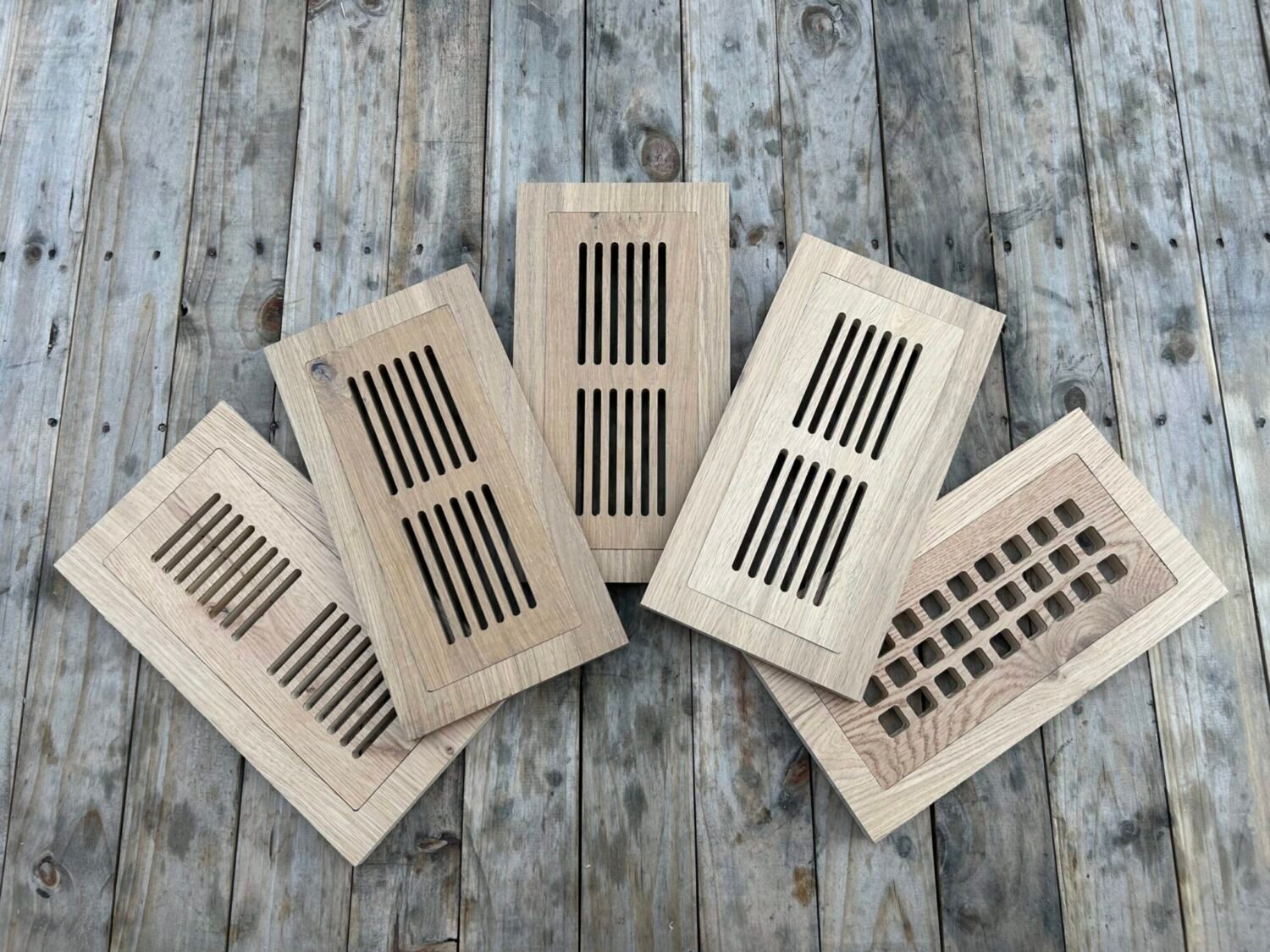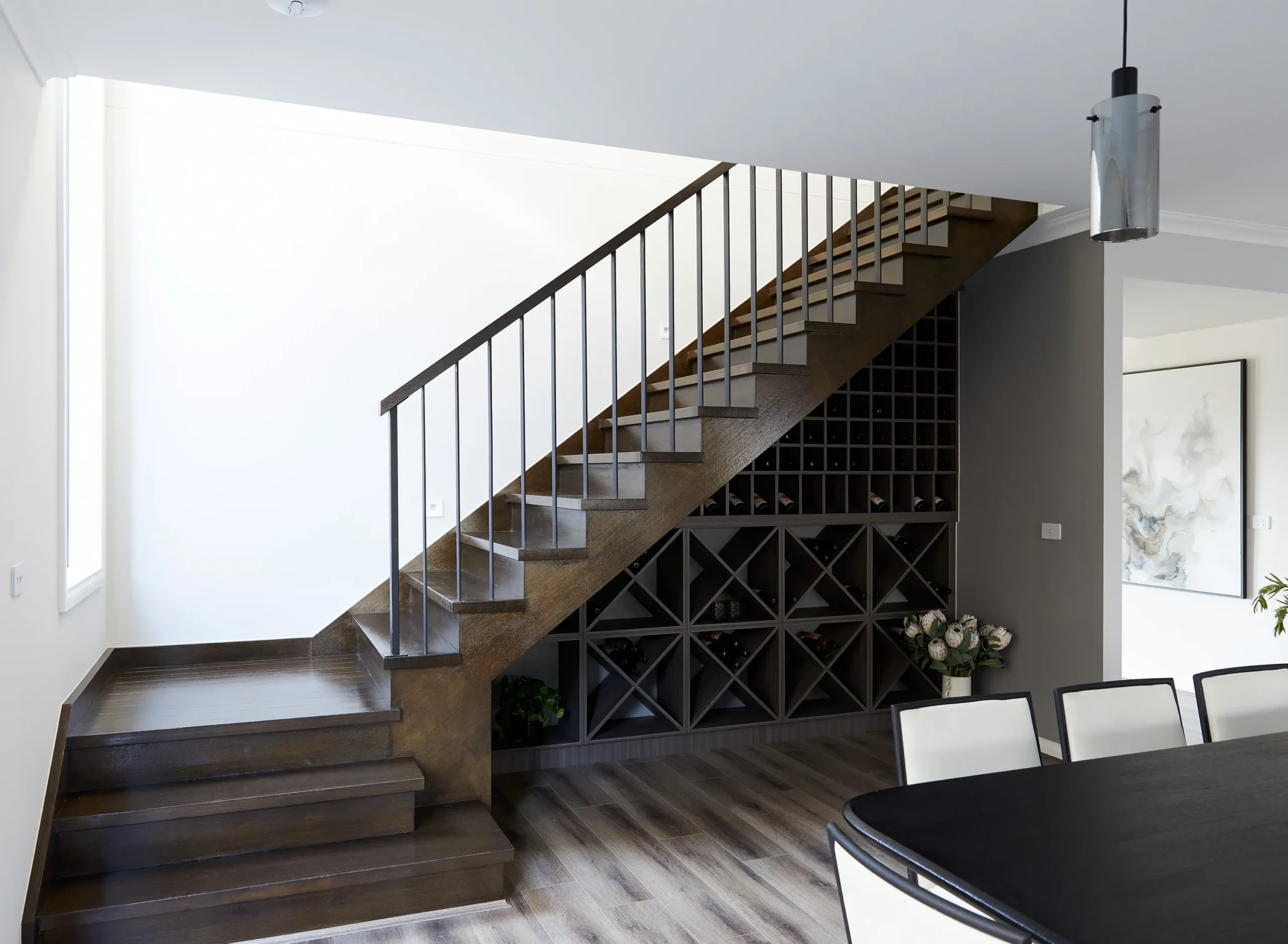
Troubled by Noisy Stairs? Top Causes and Expert Solutions
Ever been startled by that unmistakable creak every time you step on your stairs? It’s as if your staircase has a secret it’s eager to share—but what exactly is it saying? Creaky stairs are more than just an annoyance; they’re a clue to the wear and tear hiding beneath your feet. From loose boards to shifting wood, these sounds reveal a story about your home’s structure and care. Curious to know why your stairs are “talking” and, more importantly, how to silence them? Let’s dive into the causes, fixes, and ways to keep your staircase quiet and sturdy for years to come.
What Causes Stairs to Creak? Understanding the Problem
Structural Issues: Uncovering the Causes of Squeaky Stairs
Squeaky stairs are not just an annoyance; they’re often a sign of underlying structural problems that need attention. Addressing these issues can help preserve the integrity of your staircase and prevent more costly repairs down the line. Let’s explore the key structural reasons behind creaky stairs and what they mean for your home.
1. Loose or Worn Treads
Over time, the stair treads—those horizontal surfaces you step on—can begin to loosen from the stringers. This can occur due to natural wear and tear or improper installation. When treads aren’t securely fastened, they shift underweight, creating friction and noise. This movement can worsen as the looseness increases, potentially leading to further structural instability if left unchecked. Regular inspections and securing loose treads can make a big difference in addressing this common issue.
2. Loose Nails or Screws
Nails and screws are essential to keeping stairs structurally sound, but they can lose their grip over time. The repeated weight and impact of daily use can loosen these fasteners, allowing components to move and rub against each other. This not only causes creaking but also weakens the overall structure of the staircase. Upgrading to modern screws or adhesives can provide a more permanent solution to this common problem.
3. Weak or Damaged Stringers
Stringers are the unsung heroes of your staircase, providing the framework that supports the treads and risers. However, they’re not immune to damage or wear. Over the years, stringers can weaken, crack, or misalign, often due to environmental factors like humidity changes or the natural settling of your home. When stringers lose their strength, the entire staircase becomes less stable, leading to movement and noise with every step. Strengthening or replacing damaged stringers is crucial to maintaining both the safety and silence of your stairs.
4. Gaps Between Components
Gaps between the various components of your staircase—such as stair treads, risers, and stringers—are a common culprit of squeaking. These gaps are often caused by temperature fluctuations, humidity, or the natural shrinking and expanding of wood over time. Even small gaps allow movement that produces noise when pressure is applied. Sealing or reinforcing these gaps can significantly reduce creaking and improve the overall durability of your staircase.
Understanding the structural causes of squeaky stairs is vital for both noise reduction and long-term maintenance. Whether it’s tightening loose components, upgrading fasteners, or addressing weakened stringers, taking proactive steps can help ensure your custom stairs remain sturdy, quiet, and safe for years to come.
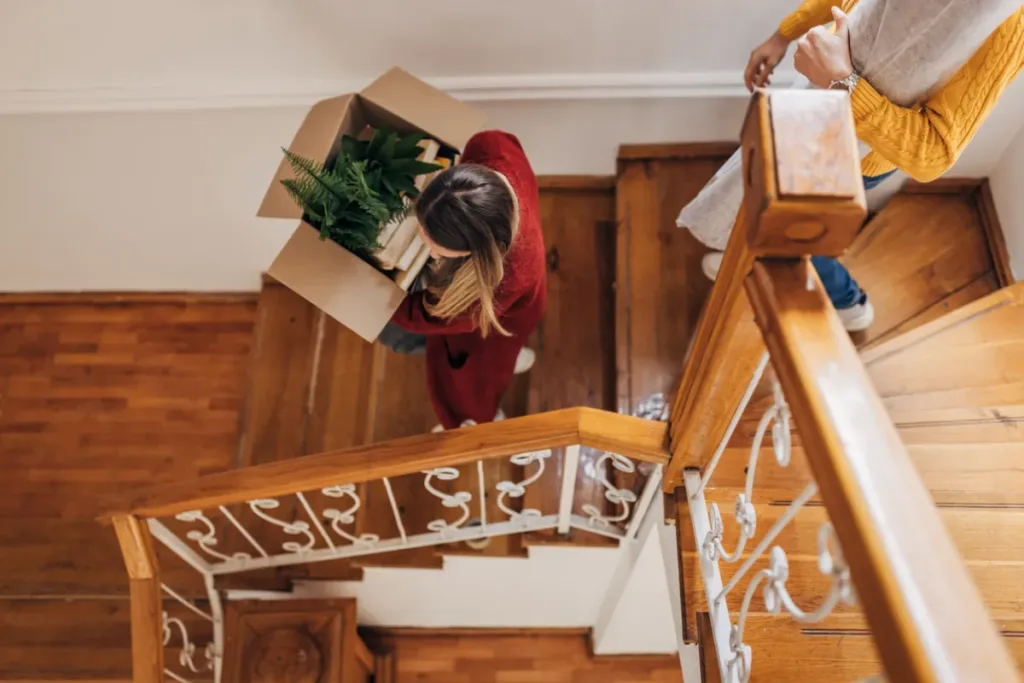
Environmental Factors: The Role of Nature in Squeaky Stairs
Environmental factors play a significant role in the performance and longevity of your staircase. While they may seem out of your control, understanding these elements can help you anticipate and mitigate issues, including those notorious creaking sounds. Let’s delve into the main environmental culprits behind squeaky stairs.
1. Seasonal Wood Expansion and Contraction
Wood is a natural material that responds to changes in humidity and temperature. During humid summers, wood absorbs moisture and swells, potentially causing tight joints or pressure against neighbouring components. Conversely, in dry winter months, the same wood contracts, leaving gaps between treads, risers, and stringers. These fluctuations can lead to movement and friction, resulting in creaking noises. Regular maintenance, such as sealing or conditioning the wood, can help stabilize it and minimize seasonal impacts.
2. Age of the Stairs
Just like any part of a home, staircases naturally age. Over time, the repeated stress of daily use takes its toll on wood and fasteners, causing components to loosen or degrade. The cumulative effects of decades of use can lead to more pronounced gaps, weak points, and creaking sounds. For older wood stairs, it’s essential to assess their condition periodically and address any worn or damaged parts to extend their lifespan and maintain their functionality.
Improper Installation: A Silent Killer of Staircase Stability
Improper installation is one of the most common causes of squeaky stairs. A staircase that is not installed with care and precision is prone to structural issues that can cause noise, instability, and even safety concerns over time. Let’s examine two critical areas where installation mistakes can lead to creaking stairs.
1. Inadequate Fastening
During installation, each tread, riser, and stringer needs to be securely attached to its adjoining components. If screws, nails, or adhesives are improperly applied or insufficiently used, these parts can move under the weight of foot traffic, resulting in friction and squeaking. Over time, poorly fastened stairs not only create noise but also weaken the overall structure. Professional installation and regular inspections can help ensure all fasteners remain secure and eliminate unnecessary movement.
2. Use of Low-Quality Materials
The choice of materials plays a significant role in the long-term performance of your staircase. Subpar materials, such as inexpensive plywood, can deteriorate more quickly, losing their ability to provide the stability required for silent operation. In contrast, using high-quality materials like durable wood stair treads ensures a sturdy and resilient structure that stands up to daily wear and tear. Proper material selection during installation is essential for reducing noise and extending the life of your staircase.
A staircase is more than just a functional feature; it’s an integral part of your home’s design and safety. Proper installation, with secure fastening and premium materials like custom wood staircases, can prevent creaks and keep your staircase in excellent condition for years to come. Investing in professional craftsmanship and quality materials from the start can save you from costly repairs and ensure a quiet, sturdy staircase.
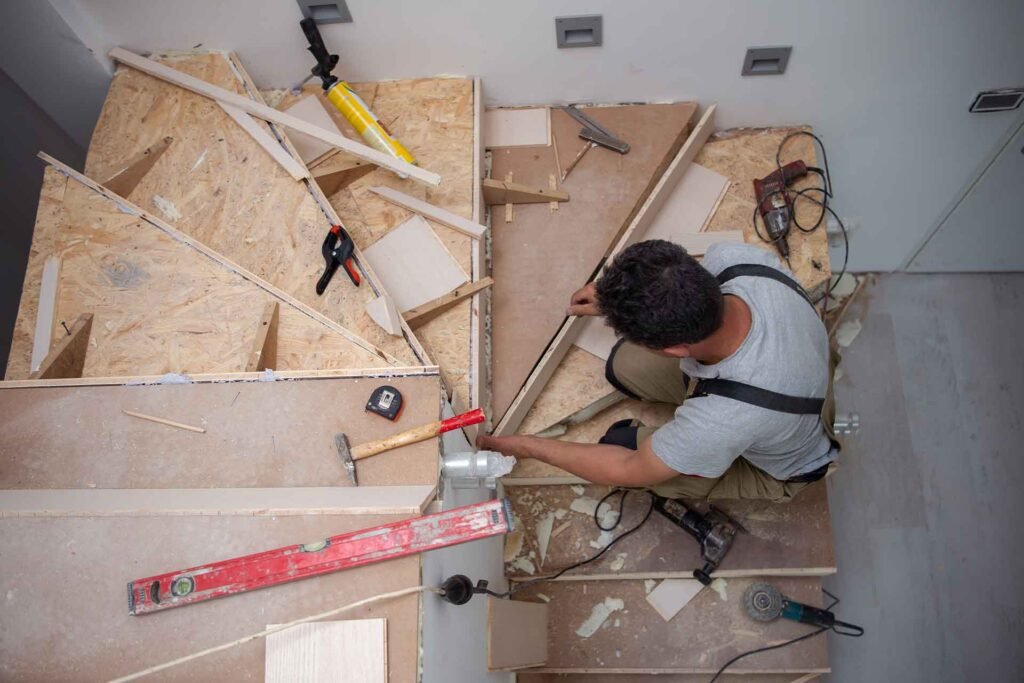
Movement and Friction: The Root of Squeaky Stairs
1. Friction Between Wood Components
One of the most common culprits behind creaking is the friction that occurs when wood rubs against wood or other materials, such as nails and screws. Over time, slight movements cause these elements to grind against each other, producing that familiar squeaking sound. For example, a custom stair tread that’s not perfectly aligned or tightly secured may shift with every step, increasing the chances of friction-related noise.
2. Walking Pressure
Every step you take applies pressure to the treads, risers, and stringers. While well-built stairs can handle this with ease, even minor imperfections or loosened components can result in small movements. These movements create stress points where materials shift slightly, leading to audible squeaks. The more frequently your stairs are used, the greater the likelihood of this issue occurring.
DIY Solutions to Fix Squeaky Stairs: Simple and Effective Tips
Creaky stairs can be a daily annoyance, but the good news is that you don’t always need a professional to fix them. With basic tools and materials, you can tackle the problem yourself and bring peace back to your home. Below are some simple and effective DIY solutions anyone can try at home.
1. Tighten Loose Screws or Nails
Start by walking on each stair to identify the specific spots where squeaks occur. Once located, inspect the treads and risers for loose nails or screws that may be causing movement.
Replace any loose nails with screws. Unlike nails, screws provide a tighter and more secure hold, reducing the risk of future creaking. If the screw holes are worn out, consider using slightly larger screws or filling the holes with wood glue before reinserting.
2. Use Wood Glue or Adhesive
If you notice gaps between the treads and risers, these could be a primary source of the noise. Apply wood glue generously into the gaps to bond the two components securely.
After applying the glue, press the parts together and hold them in place using clamps or heavy objects. Allow the adhesive to dry for several hours for maximum effectiveness. This solution is simple yet highly effective for stabilizing loose components.
3. Insert Shims for Better Support
If the tread has separated slightly from the stringer (the support beneath the steps), a wooden shim can bridge the gap.
Gently tap a shim into the gap where the tread and stringer meet until it feels secure. Trim any excess shim material with a utility knife to ensure a flush fit. Avoid over-tightening, as excessive pressure can lead to new problems.
4. Apply Lubricant for Friction Issues
Squeaking can often occur due to wood rubbing against wood or other materials. To fix this, sprinkle talcum or graphite powder into the gaps where the noise is coming from. These powders act as dry lubricants, reducing friction without leaving a sticky residue.
For a longer-lasting solution, use a silicone spray. Spray it lightly along the problem areas and wipe off any excess. This method is quick, easy, and highly effective at silencing friction-based squeaks.
5. Reinforce the Underside with Blocks
For stairs accessible from underneath (e.g., basement or open risers), reinforcing the structure can eliminate movement. Attach small wooden blocks to the joints where the tread meets the riser using adhesive and screws.
This additional support stabilizes the stairs, preventing movement and reducing noise. It’s an ideal solution for older staircases that have loosened over time.
6. Secure Carpet or Rugs
If your stairs are carpeted, the noise may be caused by the carpet shifting or moving. Use double-sided carpet tape or adhesive pads to secure the carpet firmly to the treads.
Ensure the carpet is pulled tight and free of wrinkles before securing it. This simple fix can address creaks caused by movement beneath the carpeting while also improving safety.
7. Inspect and Replace Worn Parts
Sometimes, no amount of fixing can salvage old, worn-out components. If you notice that a tread or riser is severely damaged or warped, it may be time to replace it altogether.
In that situation, I would suggest you contact a stair company to rebuild a staircase for you with brand new stringers, stair treads, stair nosing and riser. Since you are building a new staircase for your house you could also customize everything based on your requirements to match the style of your house.
These DIY solutions are straightforward, cost-effective, and don’t require advanced skills, making them perfect for homeowners looking to fix squeaky stairs on their own. If the problem persists after trying these methods, it may indicate deeper structural issues requiring professional intervention. Addressing the problem early with these steps can save you time, effort, and future expenses while restoring your home’s comfort.
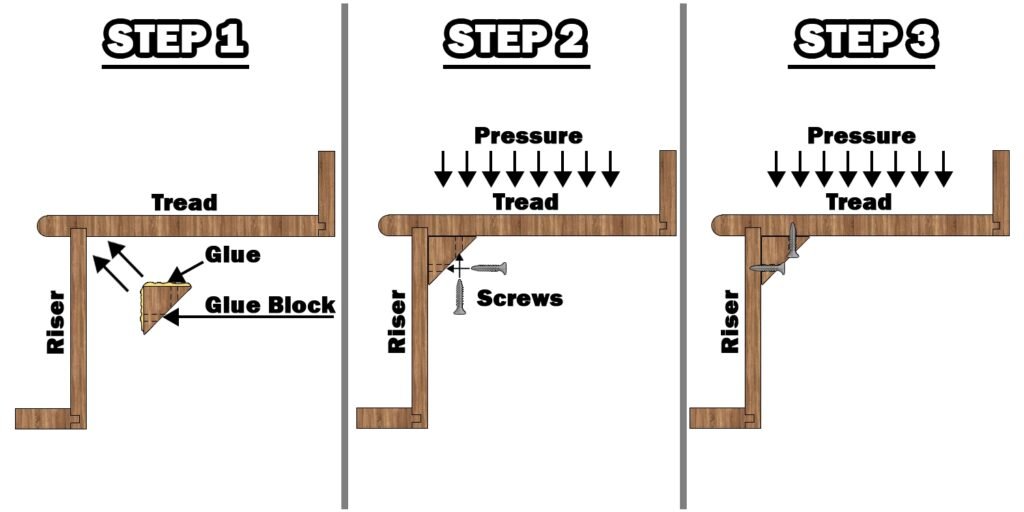
When Should You Call a Professional for Your Stairs?
While DIY solutions are effective for many squeaky stair issues, certain situations require professional expertise to address underlying problems and ensure long-lasting results. Recognizing when it’s time to seek professional help can save you from unnecessary frustration and prevent further damage to your staircase. Below are scenarios where calling in the experts is the best course of action:
1. Persistent Squeaks Despite DIY Fixes
If you’ve tried tightening screws, adding shims, or applying lubricant but the creaking persists, the issue might stem from deeper structural problems. A professional can inspect the stairs thoroughly, identify hidden causes, and implement advanced fixes.
2. Damaged or Weak Stringers
Stringers are the backbone of your staircase, providing structural support. If they are cracked, misaligned, or weakened over time, no amount of DIY repair will suffice. Professionals have the tools and expertise to reinforce or replace damaged stringers without compromising the integrity of your stairs.
3. Loose or Severely Worn Treads and Risers
In cases where multiple treads or risers are loose, warped, or showing significant wear, it might be more practical to replace them altogether. Professionals can ensure that replacements are securely installed and your new custom stair treads, or nosing will seamlessly match the existing design.
4. Gaps or Movement Beyond Repair
Large gaps between treads, risers, or stringers can cause not only noise but also instability. If shims and glue are insufficient to stabilize the staircase, a professional can provide more robust solutions, such as custom reinforcements or structural adjustments.
5. Old or Poorly Built Stairs
Older stairs may have been constructed with outdated techniques or materials that don’t meet modern safety or durability standards. A professional can evaluate the overall condition of the staircase and recommend upgrades to enhance both functionality and aesthetics.
6. Safety Concerns
If you notice your stairs feel unstable, wobble underfoot, or show visible signs of deterioration, it’s time to call an expert. Unstable stairs are a safety hazard, especially in households with children or elderly members. Professionals can address these concerns promptly and effectively.
7. Custom Repairs or Upgrades
If you’re considering custom stair features, to perfectly match your stairs with your flooring and create a seamless transition between them. You could get custom stair treads and stair nosing made from the same material as your flooring that guarantees a perfect colour and texture match with your flooring. A professional stair company could help bring your vision to life. They can ensure that custom components are designed and installed to align perfectly with your home’s aesthetic.
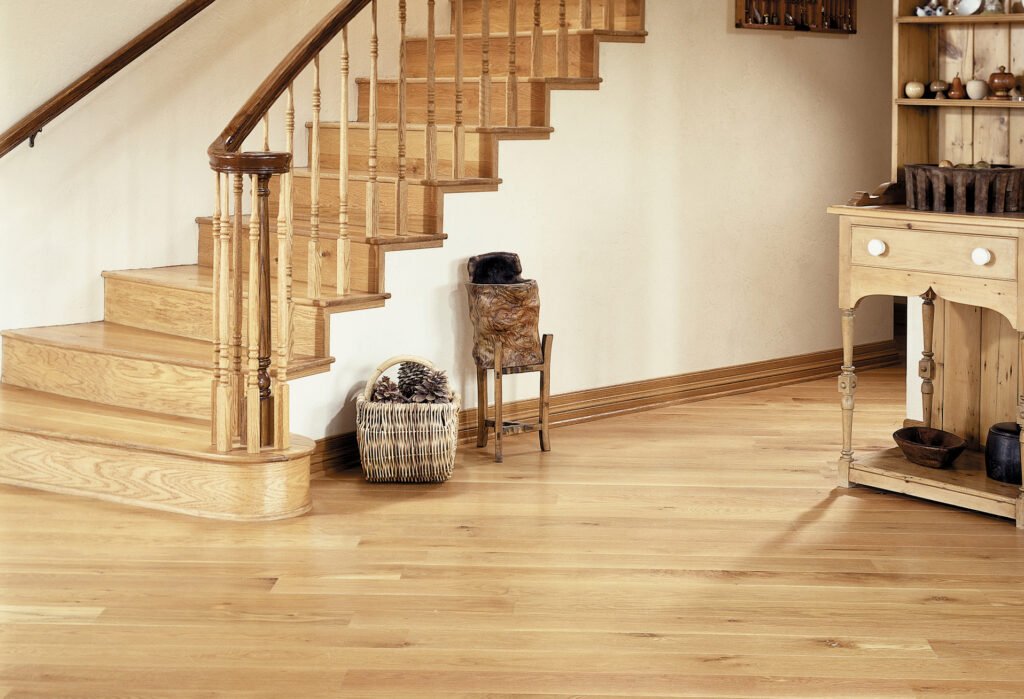
Preventing Squeaky Stairs: Tips for a Quiet and Durable Staircase
A squeaky staircase can be an irritating and ongoing nuisance, but with the right approach to prevention, you can ensure your staircase remains both quiet and sturdy for years to come. Maintenance, material selection, and regular attention are key to avoiding issues before they arise. Below are detailed tips and strategies to help you achieve a noise-free and long-lasting staircase:
1. Choose High-Quality Materials From the Start
A durable and noise-free staircase starts with the right materials with the right team. Opt for premium-grade wood stair treads and, stair nosing and high-strength stringers to form the foundation of your staircase. Cheap materials may save money initially, but they tend to degrade faster, warp under pressure, and loosen over time, leading to creaks. Investing in durable materials upfront ensures long-term stability and fewer maintenance needs.
2. Focus on Strong Fastenings During Installation
One of the most common causes of squeaks is loose fastenings. During installation, ensure every component is securely attached with high-quality screws, bolts, and adhesives. Screws are a better choice than nails because they hold materials in place more effectively and prevent movement over time. Regularly inspect and tighten these fastenings, especially in high-traffic areas where wear is more likely.
3. Apply Adhesives for Additional Stability
Construction-grade adhesive between treads, risers, and stringers adds an extra layer of stability to your staircase. This simple step minimizes the chances of movement and eliminates friction-related noises. Adhesives are particularly effective when paired with screws, as they create a double layer of security for each stair component.
4. Regularly Inspect and Maintain Your Stairs
Routine maintenance is essential to catching small issues before they become significant problems. Inspect your stairs for loose treads, gaps, or weakened components every few months. Tighten any fasteners and address gaps with wood filler or adhesives to ensure all parts of the staircase remain firmly in place. Even small cracks or crevices can create noise when pressure is applied, so identifying them early is key to preventing future squeaks.
5. Control Indoor Humidity Levels
Seasonal changes in humidity can wreak havoc on wooden staircases, causing the wood to swell during summer or shrink during winter. These natural movements can create gaps or friction, leading to creaks. Maintain a stable indoor environment with a humidifier in dry months and a dehumidifier during humid seasons. Consistent humidity levels will help preserve the integrity of the wood and reduce seasonal expansion and contraction.
6. Install Underlayment for Added Cushion
For stairs located above basements or crawl spaces, underlayment can be a game-changer. A layer of cushioning material beneath treads and risers absorbs impact and reduces the transfer of sound. This not only minimizes noise but also provides added stability to the overall structure. Underlayment is especially effective in older homes with aging staircases.
7. Schedule Annual Professional Maintenance
While regular DIY inspections are essential, annual professional maintenance can help ensure your staircase remains in peak condition. Professionals can identify hidden issues, replace worn parts, and provide recommendations for long-term care. If your stairs have custom components, professional maintenance can ensure these elements continue to perform and look their best.
8. Consider High-Quality Custom Stair Components
For those renovating or building new stairs, consider incorporating custom stair components and risers. Custom components are designed to fit your specific staircase perfectly, eliminating gaps or uneven surfaces that can cause noise. Additionally, custom solutions allow you to choose materials and finishes that are both durable and aesthetically aligned with your home’s style.
By following these comprehensive preventive measures, you can create a staircase that is as quiet as it is visually stunning. Regular attention, proactive maintenance, and thoughtful material selection are the keys to achieving a harmonious, noise-free home. A well-maintained staircase not only enhances daily comfort but also adds value and elegance to your living space for years to come.
Conclusion
Squeaky stairs are more than just a nuisance—they’re often a sign of underlying issues that need attention. Whether caused by structural weaknesses, environmental changes, or improper installation, creaking stairs can disrupt your home’s peace and diminish its overall appeal. While DIY solutions can often provide temporary relief, understanding when to call a professional is crucial for long-term results. Prevention is equally vital, as investing in quality materials, regular maintenance, and proper installation can keep your staircase quiet and durable for years to come.
A well-maintained staircase is not only a functional feature but also a testament to your home’s integrity and design. Addressing squeaky stairs is about more than silencing the noise—it’s about preserving the quality and comfort of your living space. By taking the right steps now, you can ensure your staircase remains a reliable and beautiful part of your home.



